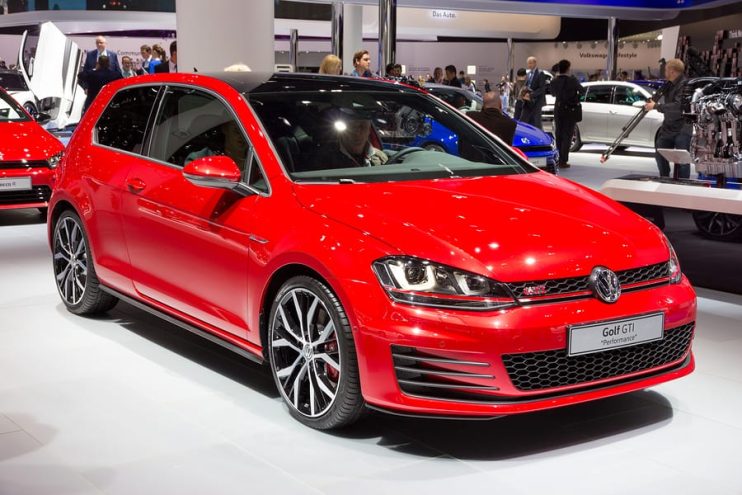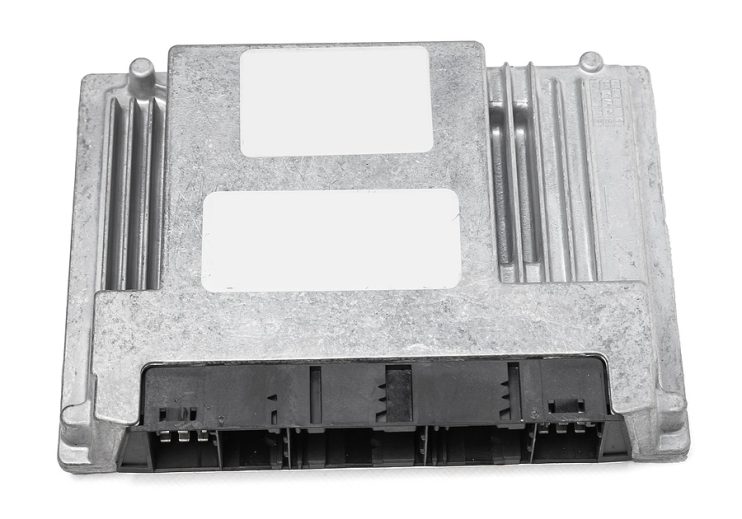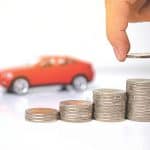
The iconic VW Golf certainly needs no introduction. This clever little compact sporty vehicle has been a mainstay of the German manufacturer for decades. However, like all mass produced vehicles, it is not without its faults. Fortunately, genuine VW spares are easy to find, which helps keep running costs low even for older models.
Are you thinking of buying a VW Golf second hand that has been produced after 1997? Although we’d definitely recommend this as one of the more sensible and astute moves you can make as a choice of vehicle, we’d always recommend that you perform the following standard checks to ensure you’re not purchasing a problem with your new car.
Isofix issues
Some of the Golf models produced during the summertime of 2000 are known to have an isofix mounting bar problem, which could be dangerous in the event of a collision, putting passengers in the rear of the car at risk. The issue is with a weld and the bar needs to be at least repaired and in some instances completely replaced to ensure the vehicle is safe.
Anti-lock brakes
Thinking of purchasing a Golf made in 2001? It’s worth noting that there’s a widely-reported problem with the ABS braking system. The electrics are prone to overheating, which could lead to fires in your vehicle. If you have a car built around this time get someone with a good electric knowledge to check out the control unit for problems.
Brakes
Taken your Golf for a test drive and finding that you have to push harder than normal on your brakes? If you are looking at a model from 1998-1999 then this could be one of many models that suffers from broken and cracked brake pipes, which could be leaking fluid and impacting the quality of your brakes. Check these out for cracks and problems that could be costly to repair.

Electrics (ECU)
Golfs are well known to have below par electrical systems. If you’re looking at buying a second-hand model no matter when the car was made it is worth performing a thorough investigation of all the systems from the lights through to electric windows, central locking and air conditioning. It may be the case that some of these small fixes won’t stop you making a purchase, but be sure to list them down so you know what to take care of when you get the vehicle home.
Overheating problems
Thinking of purchasing a Golf from 2006-2007? Better watch that you don’t have problems with overheating as there is a known issue with an element that’s not been earthed properly and can therefore frequently overheat. This will require checking out by an expert and could mean that you need to have the part replaced.
Rust
Like the Mark 5 Golf’s good looks and style? Well, beware the foam pads that are embedded in your car’s wing as these can become waterlogged over time leading to bleed through that can cause damage to the paint and even corrosion to the bodywork. Before buying check these out as they could cause considerable costs in the future.
Timing belt
There are known problems with the timing belt on 1.4 and 1.8 litre version of the VW Golf. This can cause misfiring, poor running problems on idle and even stalling. These problems should come out during a test drive and we’d recommend this is one issue that should probably sway you towards avoiding a purchase.
The VW Golf is still one of the greatest vehicles to drive and a good new model will keep its value over the years. It’s always worth checking any second hand vehicle you purchase for faults – but be aware with certain models of Golf that there are more prominent problems that will need a specific investigation. If you are unsure of these, then take a knowledgeable friend who can give you extra advice.
For affordable replacement engines, gearboxes and more, check out our new and used VW Golf parts page.








.png)
Pingback: Nine of the Best Fast Cars for Under £5K - BreakerLink Blog